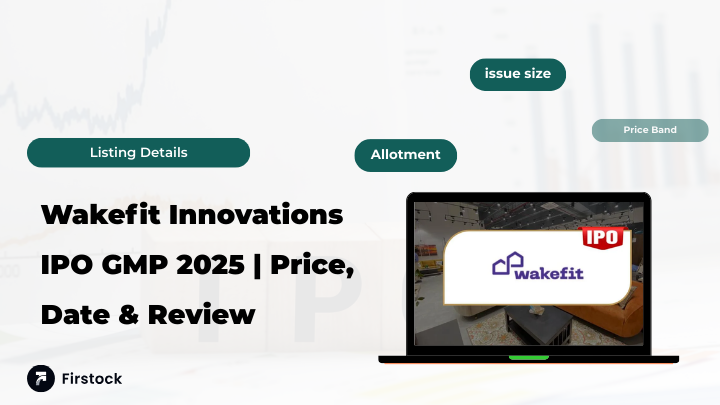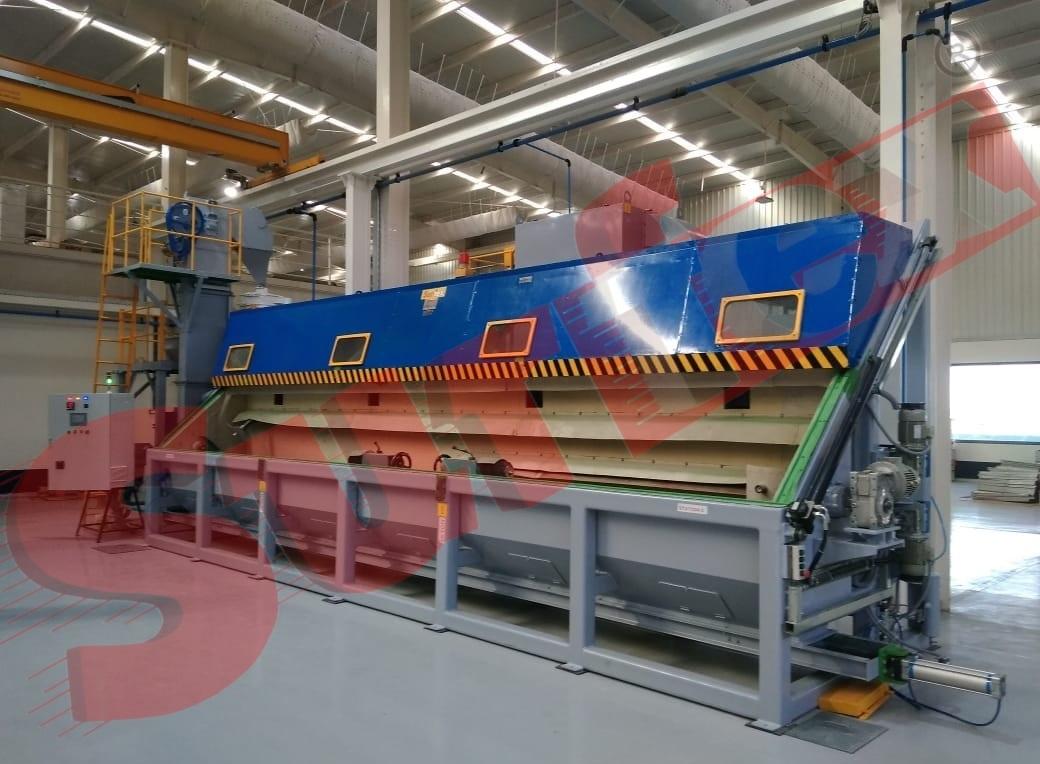In today’s fast-moving supply chain environment, efficiency, speed, and accuracy are essential for staying competitive. As businesses across the UAE scale their operations, the need for smarter, more reliable warehouse management systems is greater than ever. Rubicon Logistics Solutions is at the forefront of this transformation, offering cutting-edge technologies that simplify workflows and elevate overall operational performance.
Why Warehouse Automation Matters Today
Warehousing is no longer just about storage—it’s about optimizing time, minimizing errors, and ensuring seamless coordination across the entire supply chain. With increasing customer demands and rapid e-commerce growth, traditional manual processes can no longer keep up. This is where warehouse automation becomes a game changer.
Automation enhances productivity, reduces operational costs, and ensures higher accuracy. From picking to packing, tracking to delivery, every step becomes faster and more efficient.
Smart & Scalable Automation Technologies
Rubicon Logistics Solutions brings the latest automation innovations to businesses in the UAE. These solutions are designed to be flexible, affordable, and easy to deploy, enabling companies of all sizes to adapt quickly.
1. Voice Picking Systems
Voice-guided picking improves speed and accuracy by enabling hands-free operations. Warehouse staff follow audio instructions, reducing errors and increasing productivity.
2. RFID Technology
RFID tags allow real-time visibility into inventory movement. This improves traceability, reduces the risk of misplaced items, and enhances overall stock accuracy.
3. Mobile Robots & AMRs
Mobile robots streamline picking, sorting, and transportation inside the warehouse. They reduce manual labour, accelerate workflows, and boost overall throughput.
4. Integrated WMS for Seamless Operations
Rubicon WMS eliminates the need for third-party integrations. It connects directly with all advanced warehouse automation tools, providing:
Faster implementation
Lower operational costs
Better traceability
A unified platform for end-to-end warehouse management
Robotics: Transforming Warehousing in the UAE
Robotics is reshaping the warehousing landscape in the UAE. Automated solutions improve speed, reduce human error, and provide scalable efficiency that grows with your business. Companies adopting robotics are experiencing:
Higher order accuracy
Reduced processing time
Enhanced safety
More predictable and optimized workflows
Rubicon Logistics Solutions empowers businesses to transition smoothly into robotics-driven operations with minimal disruption and maximum long-term value.
The Future of Warehouse Optimization
With digital transformation accelerating across industries, warehouse automation is no longer optional—it’s essential. Whether you're looking to improve order fulfillment, streamline inventory management, or enhance traceability, Rubicon Logistics Solutions delivers the technology and expertise required to elevate your supply chain.
Ready to Upgrade Your Warehouse?
Rubicon Logistics Solutions provides smart, scalable, and cost-effective automation designed to meet the evolving needs of businesses in the UAE. If you're ready to transform efficiency and productivity in your warehouse, now is the time to explore the power of automation.
In today’s fast-moving supply chain environment, efficiency, speed, and accuracy are essential for staying competitive. As businesses across the UAE scale their operations, the need for smarter, more reliable warehouse management systems is greater than ever. Rubicon Logistics Solutions is at the forefront of this transformation, offering cutting-edge technologies that simplify workflows and elevate overall operational performance.
Why Warehouse Automation Matters Today
Warehousing is no longer just about storage—it’s about optimizing time, minimizing errors, and ensuring seamless coordination across the entire supply chain. With increasing customer demands and rapid e-commerce growth, traditional manual processes can no longer keep up. This is where warehouse automation becomes a game changer.
Automation enhances productivity, reduces operational costs, and ensures higher accuracy. From picking to packing, tracking to delivery, every step becomes faster and more efficient.
Smart & Scalable Automation Technologies
Rubicon Logistics Solutions brings the latest automation innovations to businesses in the UAE. These solutions are designed to be flexible, affordable, and easy to deploy, enabling companies of all sizes to adapt quickly.
1. Voice Picking Systems
Voice-guided picking improves speed and accuracy by enabling hands-free operations. Warehouse staff follow audio instructions, reducing errors and increasing productivity.
2. RFID Technology
RFID tags allow real-time visibility into inventory movement. This improves traceability, reduces the risk of misplaced items, and enhances overall stock accuracy.
3. Mobile Robots & AMRs
Mobile robots streamline picking, sorting, and transportation inside the warehouse. They reduce manual labour, accelerate workflows, and boost overall throughput.
4. Integrated WMS for Seamless Operations
Rubicon WMS eliminates the need for third-party integrations. It connects directly with all advanced warehouse automation tools, providing:
Faster implementation
Lower operational costs
Better traceability
A unified platform for end-to-end warehouse management
Robotics: Transforming Warehousing in the UAE
Robotics is reshaping the warehousing landscape in the UAE. Automated solutions improve speed, reduce human error, and provide scalable efficiency that grows with your business. Companies adopting robotics are experiencing:
Higher order accuracy
Reduced processing time
Enhanced safety
More predictable and optimized workflows
Rubicon Logistics Solutions empowers businesses to transition smoothly into robotics-driven operations with minimal disruption and maximum long-term value.
The Future of Warehouse Optimization
With digital transformation accelerating across industries, warehouse automation is no longer optional—it’s essential. Whether you're looking to improve order fulfillment, streamline inventory management, or enhance traceability, Rubicon Logistics Solutions delivers the technology and expertise required to elevate your supply chain.
Ready to Upgrade Your Warehouse?
Rubicon Logistics Solutions provides smart, scalable, and cost-effective automation designed to meet the evolving needs of businesses in the UAE. If you're ready to transform efficiency and productivity in your warehouse, now is the time to explore the power of automation.










